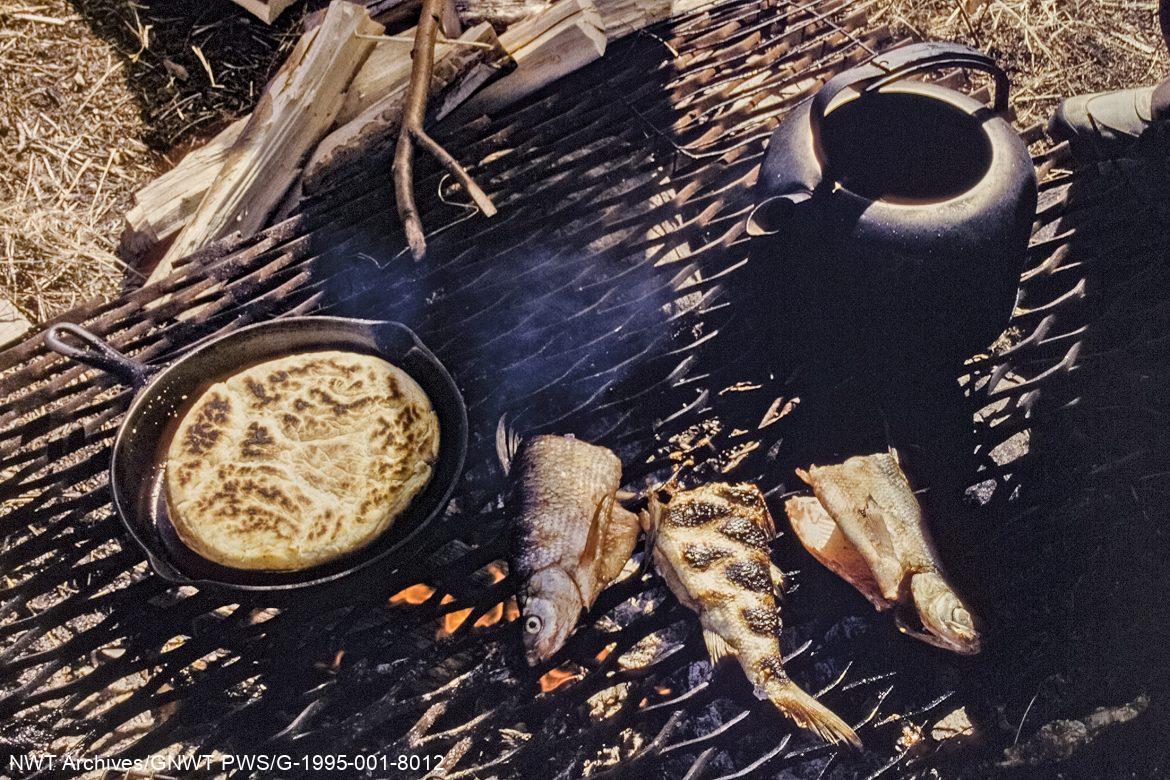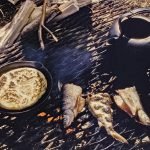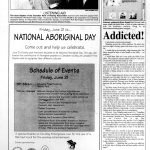2001
National Indigenous Peoples Day
June 21st is the longest day of the year in the northern hemisphere. The NWT celebrates this day as National Indigenous Peoples Day to honour the traditions and heritage of all Indigenous people. In 1996 the Governor General announced it as National Aboriginal Day (changed to Indigenous Peoples Day in 2017). In 2001 The NWT legislative Assembly declared June 21 a statutory holiday. It remains one of the few jurisdictions within Canada to do so.
Across the territory, celebrations include cultural demonstrations, art, songs, dances and traditional food. In Behchokǫ̀ traditional Hand Games are played, along with a parade, BBQ and drum dance. Fort Simpson celebrates with canoe races on the Deh Cho or Big River (Mackenzie River). K’atlo’deeche First Nations, near Hay River, also holds canoe races, axe throwing and a fish fry
Délı̨nę searches for the best bannock, and Norman Wells has canoe races, jigging and fiddle music to showcase Indigenous talent. Above the Arctic Circle is the Inuvik blanket toss to see who can jump higher than all other competitors; this skill practices seeing long distances to spot caribou and muskox.
In Yellowknife, the North Slave Métis Alliance hosts a fish fry where free whitefish is prepared and served to anyone who shows up. Often, the attendance is upwards of 7,000 people, and over 3,000 fillets are served along with bannock pork, corn, beans, fruit, and refreshments. Although it is a great treat, the food isn’t the only part of the day. Indigenous artists come from all over the territory to perform at the event, and children have fun getting their faces painted and enjoy puppet shows.
National Indigenous Peoples Day is a wonderful celebration of Indigenous culture across the territory.


